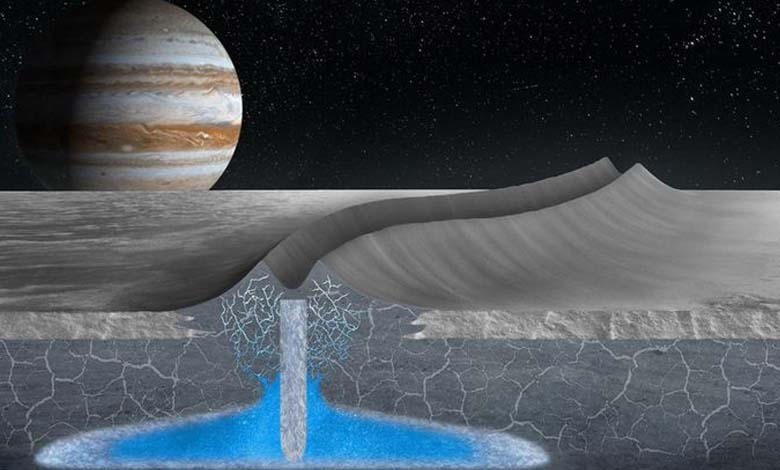Revealing the Lifespan… Redefining habitable worlds beyond earth

For decades, science fiction authors have envisioned scenarios where life flourishes on the harsh surfaces of Mars or our moon.
However, the study of habitability—the necessary conditions to support and sustain life—is not limited to the realms of fiction. As researchers study more celestial bodies within and beyond our solar system to confirm their ability to host suitable conditions for life, they discuss how to characterize habitability.
Is the time approaching for humans to inhabit other planets? Jeff Bezos answers While many studies have focused on information obtained through spacecraft or orbital telescopes that provide quick snapshots of ocean worlds and outer planets, a new paper in the journal “Nature Astronomy” emphasizes the importance of studying complex geophysical factors that can be used to predict the long-term maintenance of life. These factors include how energy and nutrients flow across the planet.
Mark Simons, John W. Miles, and Herbert A. M. Miles, researchers specializing in geophysics at the California Institute of Technology, state: “Time is a crucial factor in determining habitability. You need time for evolution to occur, so having conditions conducive to habitation for one year is not enough. However, if the conditions suitable for habitation persist for a million years or a billion years, that is what matters. Understanding a planet’s habitability requires a precise perspective from astrobiologists and researchers.”
The study highlights new trends for future missions to measure habitability on other worlds, using Saturn’s icy moon Enceladus as a primary example.
Enceladus is covered in ice with a salty ocean beneath it. In the past decade, NASA’s Cassini mission measured chemical compositions of water vapor plumes and ice grains emanating from the fractures in Enceladus’s southern pole. It discovered the presence of elements like carbon and nitrogen that could support life as we know it.
These geochemical characteristics are sufficient to describe the “momentary” habitability of the moon. However, to describe Enceladus’s long-term habitability, the paper emphasizes that future planetary missions should study geophysical properties indicating the duration of the ocean’s existence, how heat and nutrients flow between the core, internal ocean, and surface. These processes create important geophysical signatures that can be observed, impacting features like topography and the thickness of Enceladus’s icy crust.
This broader framework for studying habitability is not limited to the study of Enceladus and applies to all planets and moons where researchers are searching for the necessary conditions for life.
Stephen Vance, a scientist at the Jet Propulsion Laboratory and deputy director of the planetary science division at the laboratory, says: “This paper revolves around the importance of including geophysical capabilities in future missions to ocean worlds, as is currently planned for NASA’s Europa Clipper mission targeting Jupiter’s moon Europa.”












